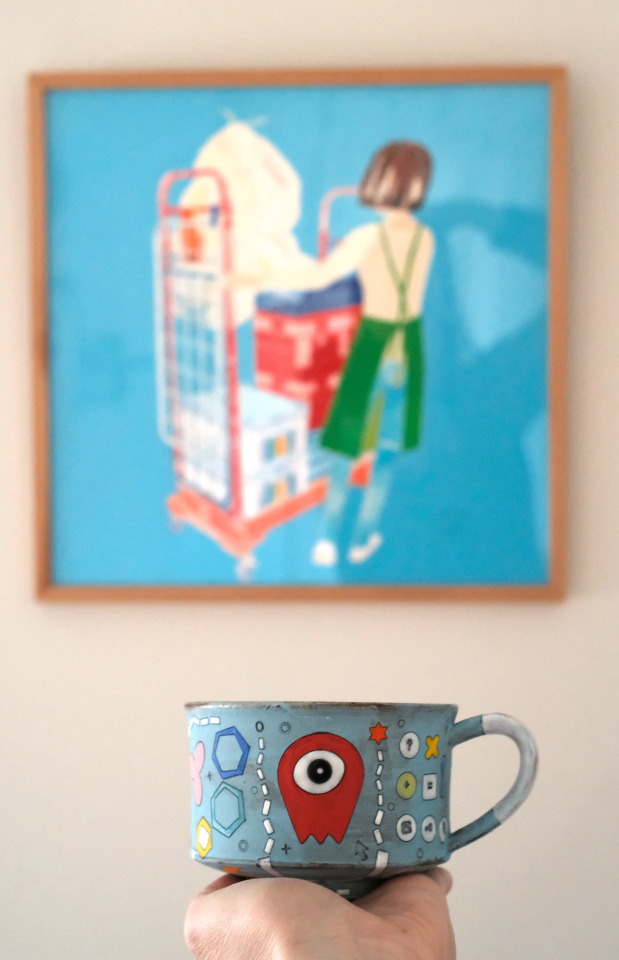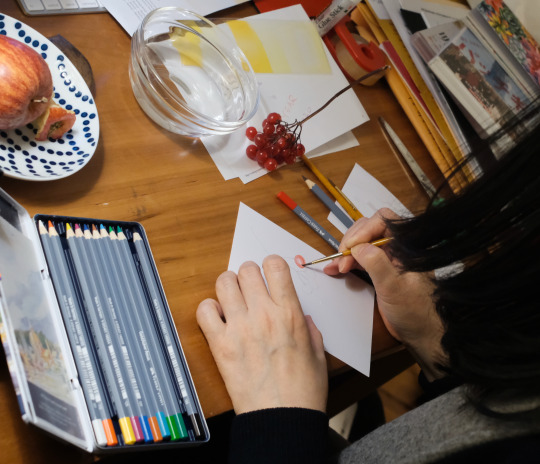Photo

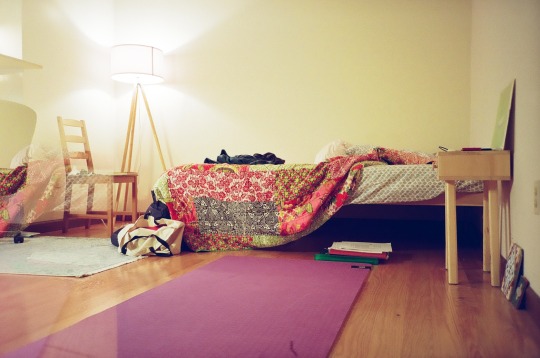

interior photos taken with the 30-year-old point-and-shoot #KonicaBigMini film camera (35mm f/3.5), mine has a film advance problem which causes double exposure on about half of the photos.
#standupdesk#konica bigmini konicabigmini#japan 35mm#pandemic#35mm#film#interior#architecture#konica bigmini
1 note
·
View note
Photo
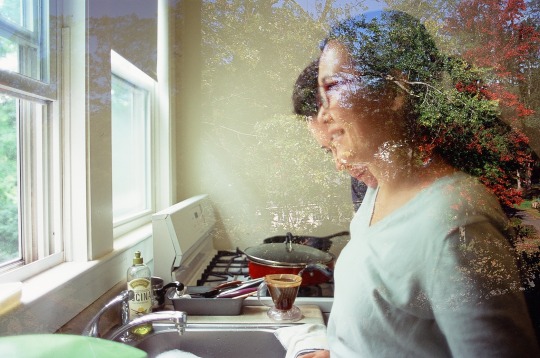
35mm camera russian zorki 4, double exposure mistake
fall 2020, south hadley, ma
1 note
·
View note
Text
I’m in a situation again, since I left New Zealand 8 years ago, where literature and poetry matter, people like them, they will read them and talk about them, recobran importancia.
where the possibility of saying, thinking or seeing things like “society as stacks of boxes” a student told me the other day, or “feelings like peeling paint on a wall”, or even the act of writing this “useless” post, have the possibility of emerging.
that’s how pervasive the control of men’s philistine economic system is
Some take for granted that humans, unlike other animals, are interested in reading/thinking/ideas. We grow up learning to read and listening to books as part of a universal school curriculum, right? But locations exist where people have no interest in reading, thinking, ideas, etc. (non-capital-making activities). They are hard places for minority identities, women, and thinkers to exist. Which makes me question (like Baudrillard did) to what extent is disinterest in reading/thinking/ideas a class issue? We could quickly assume that the upper/middle class may be more susceptible to reading/thinking/ideas because over the centuries those activities have circulated in their circles. This is obvious from the Western tradition, at least. But, there’s enough evidence today in 2020 to not entirely debunk, but at lease dramatically nuance, the traditional correlation between higher financial capital = higher cultural capital. It’s not only about how much money one’s family has been able to accumulate over the years but how much public money has been invested in public education. And the lack of the latter is what is running humans into extinction. reading/thinking/ideas
1 note
·
View note
Photo

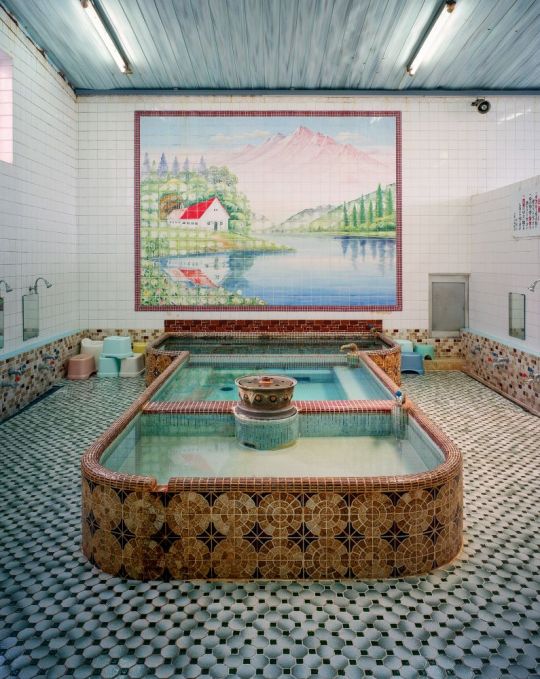
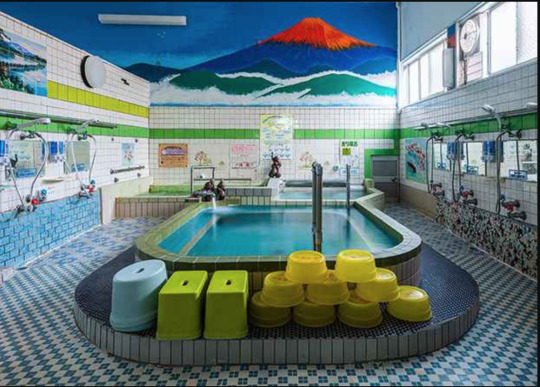

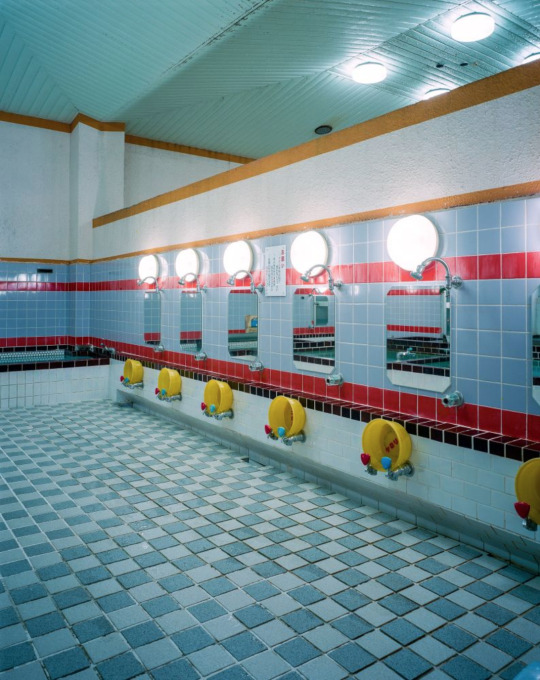
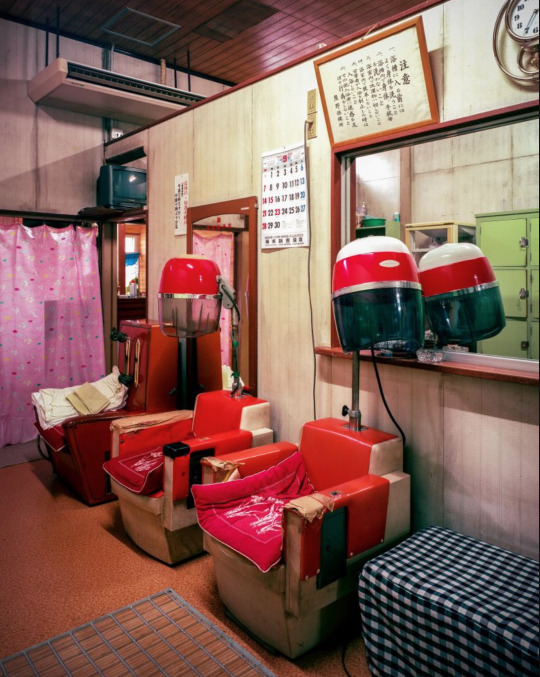
for my friends who don't have AC or have a poorly functioning window unit, I'm sending you some refreshing sento images from Tokyo based photographer Yutaka Matsubara. for those unfamiliar with sentos, these are small neighborhood bathing houses with extremely hot small pools and showers, usually inexpensive, a couple dollars, usually immaculate, separated by sex. traditionally they have a handpainted oceanscape or mount-fuji-scape painting above the pools. they go back to the 8th century, to India and China. some apartments in Tokyo are very small and don't have a shower/bath. in those cases, people go around the corner to the sento. today, a mundane public kind of space. (I think the typical ones are not as colorful as these ones Matsubara photographed.) (in the sento there are signs that forbid taking photos, Matsubara must have received special permission to take photos during off hours.) (plop, waterdrops from the ceiling.)
0 notes
Photo
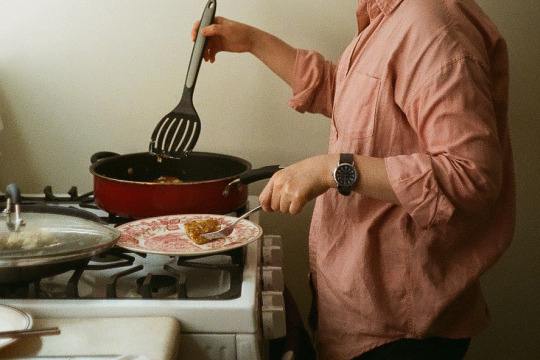
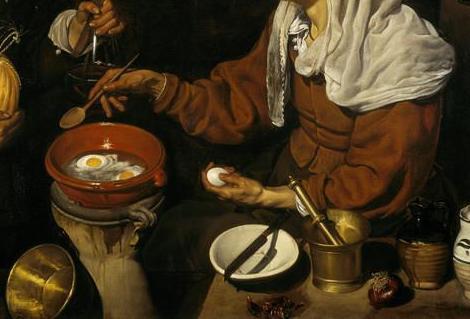
Canonet with Fujifilm 800, 2020
Velázquez with oil paint, 1618
#PandemicBoredom2020
0 notes
Video
youtube
covid diy project
“konstructor” manual SLR with waist level viewfinder
@PandemicBoredom2020
0 notes
Photo
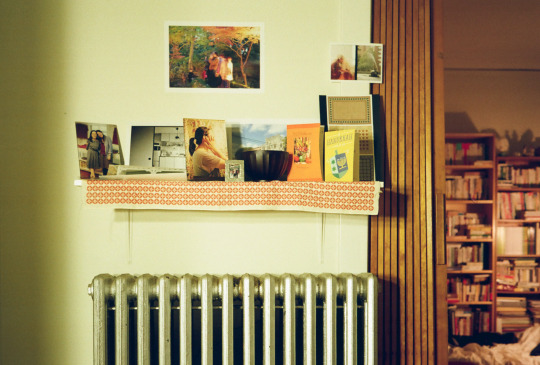
convivencia
35mm rangefinder camera olympus 35 RD
6 notes
·
View notes
Video
youtube
slam poetry/hip hop/
surrealism/soul/funk/
80scartoons/xylophone/
2 notes
·
View notes
Link
this is fascinating. ever evolving language+migration in the everyday space of the convini (convenience store).
as always, openness/liberation and closed-ness/conservationists.
0 notes
Photo


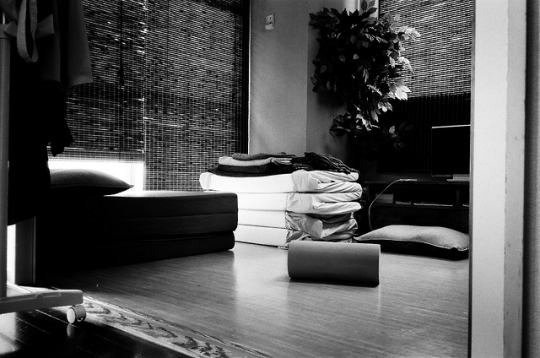
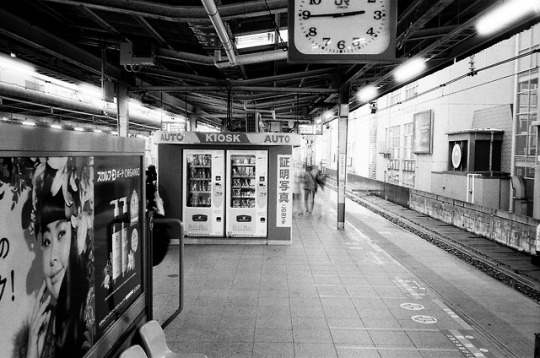
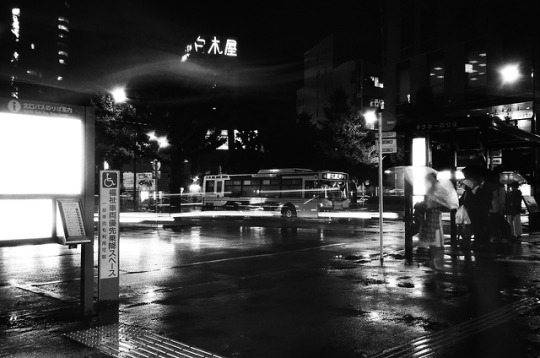
camera: 35mm manual pocket-sized Olympus XA from the early 80s
film: Kodak 400TX B+W
0 notes
Photo

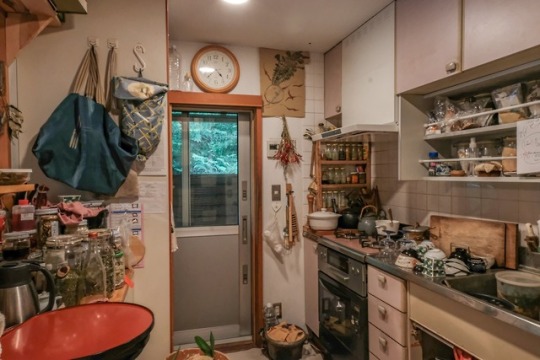
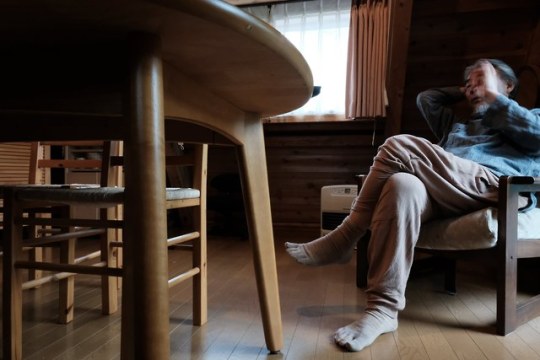
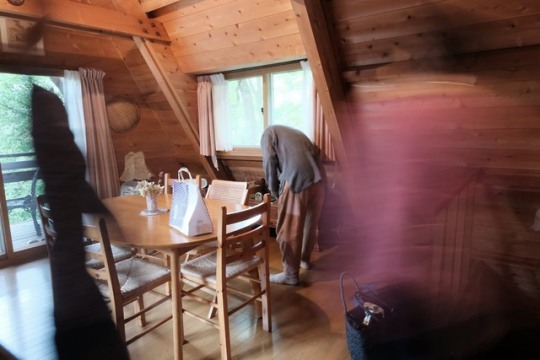
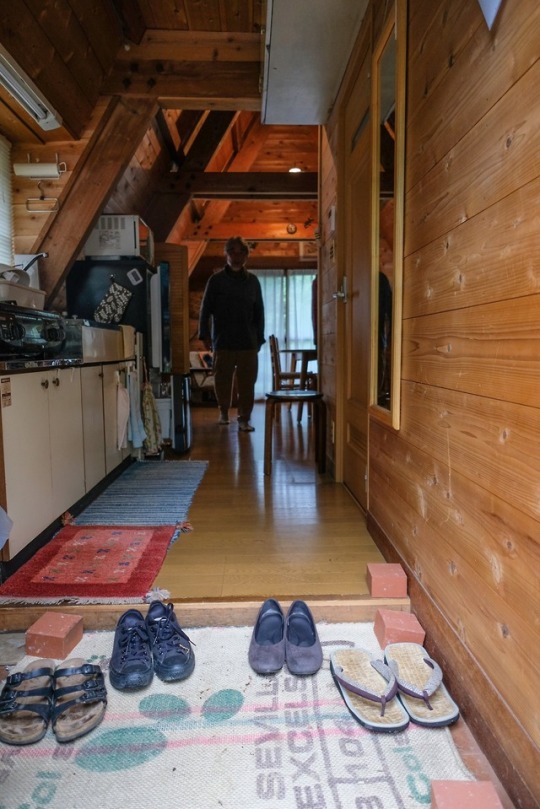
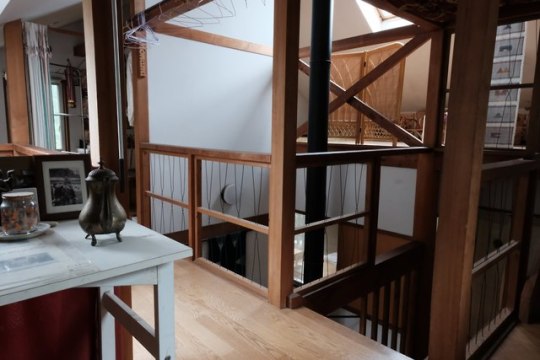
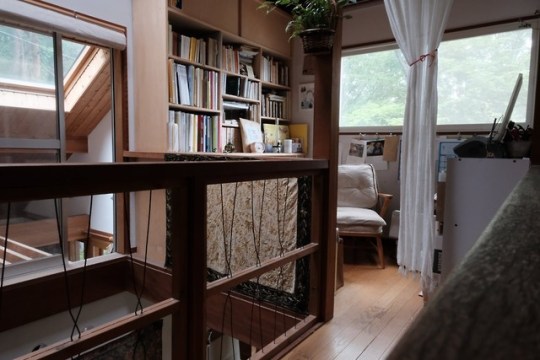
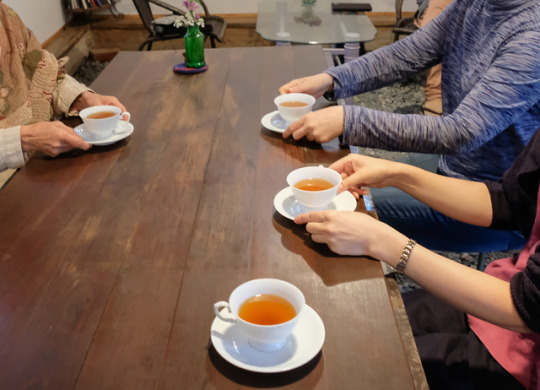

In these digital pics I tried to capture the sublime feeling of an ineffable otherworldly day at Hosokawa sensei and Takami san’s house, two hours southwest of Tokyo. I didn't have a tripod, so I used any flat surface I could find.
(Unfortunately, I couldn’t capture the fragrant smells: after-rain pine, cedar, tatami (straw), raw wood and some kind of sweet grass.)
Hosokawa sensei and Takami san helped design their house--the most sublime and original house I’ve ever been in--I call it the "ki no ie" (tree house). The design is simple, light, and vertical. It consists of 4 raw wood floors with two hollow square centers, like wood lofts on top of one another, each floor and each room are visibly connected to the others. There are NO interior walls between the rooms or floors! (A little bit as if an American backyard deck was in the shape of the number 8 and was replicated and stacked on top of one another, but more solid).
Then there was the generous vegetarian meal they made for us. Most of the ingredients (bamboo shoots, mushrooms, "amasake" = a hot sweet rice drink) came from their garden or the nearby mountains, and, of course, so beautifully presented.
Then there was the study or seminar space as one of Hosokawa sensei’s retirement projects. (This will be a dream for many professors.) He created the “seminar no ie” (seminar house) an independent retreat space for linguistics/pedagogy grad students to come and study and hold seminars or “tertulias”! Again, the same warm bright wood, tatami architecture, and fresh wood smell.
The overcast weather saturated the color and made everything rich and quiet like a novel.
If that wasn’t enough!… another retirement project (and another professorial dream): with their students and artist friend, Ryu Motosugi, they built a cafe gallery, シュマン・デュ・ボヌール(chemin du bonheur)!
Lastly, gentle company and conversation amongst 5 people who didn't share a common language but who spent their lives studying how to communicate with those whom we don't share a common language!
Here’s to creativity and kindness! ありがとうございます!
0 notes
Photo

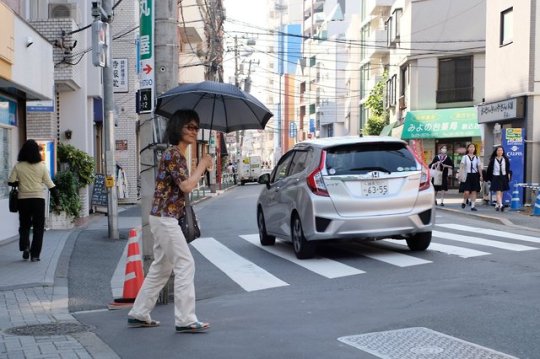
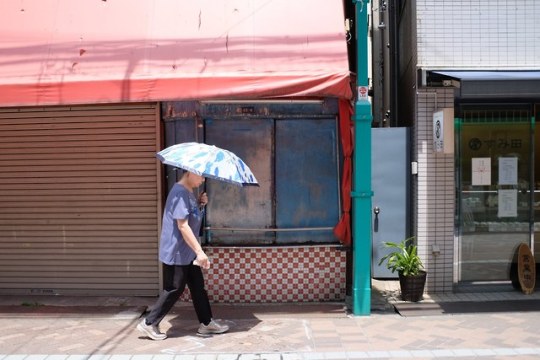

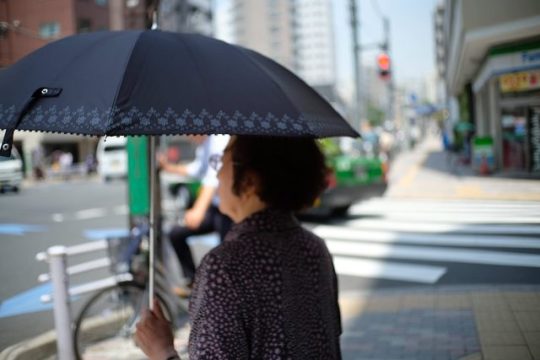
heat wave in Komagome, Tokyo, May 27, 2019
0 notes
Photo
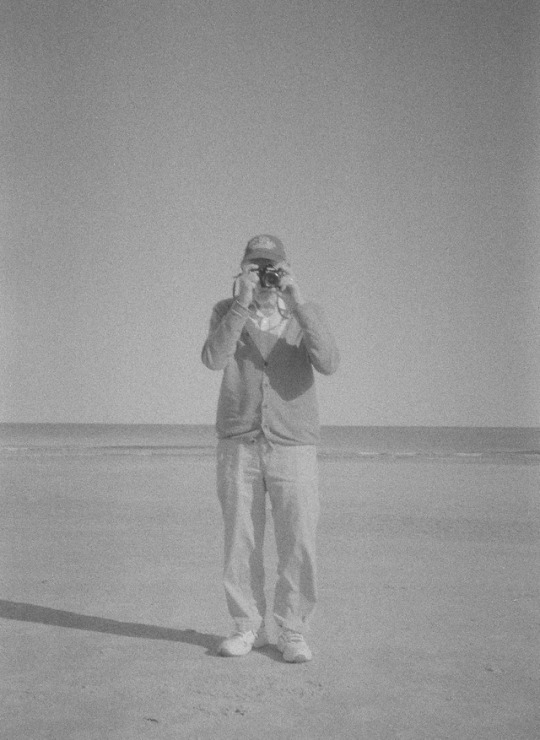

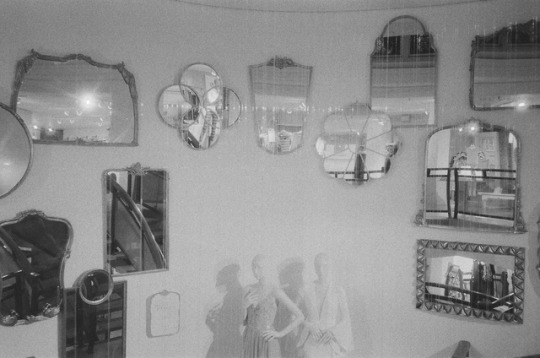
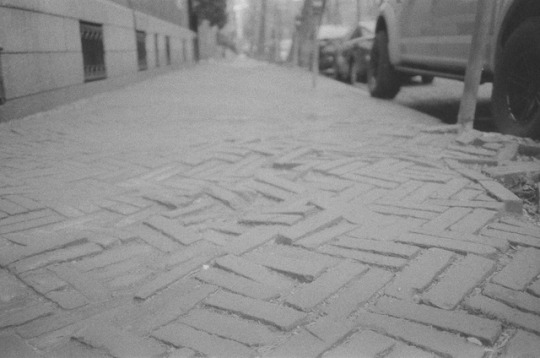
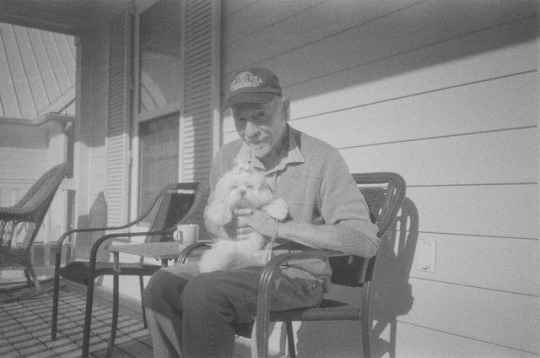
a rare black and white 35mm film called "Foma Retropan Soft"
over-exposed, low contrast, and with a lot of grain.
I'm attracted to messiness, blurriness, and long exposures because as I get older and as a sure-fail level of perfection and productivity is more and more demanded around us, these other characteristics are a welcoming respite and they visually articulate my sensorial experience and my default state of mind (which is almost always looking backwards confusingly)
really, the results remind me of a flashback within a Fellini movie
shot with the 1979 Olympus XA
#olympus#olympusxa#35mm#film#camera#photography#blackandwhite#retropan#manual#philadephia#southcarolina#puppy#trainstation#transport
0 notes
Photo
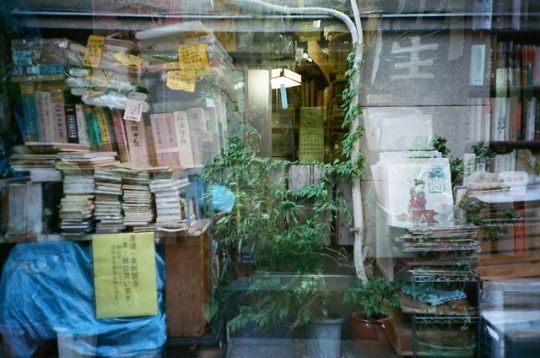
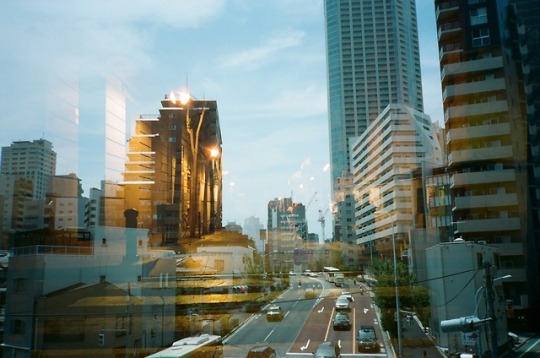
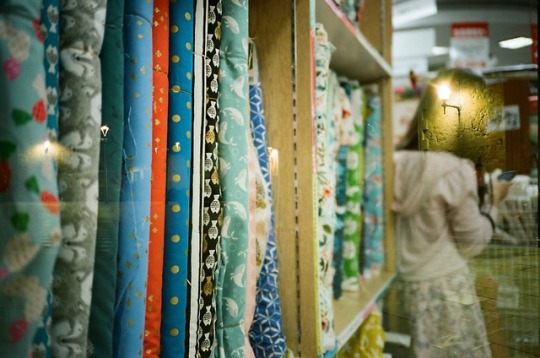
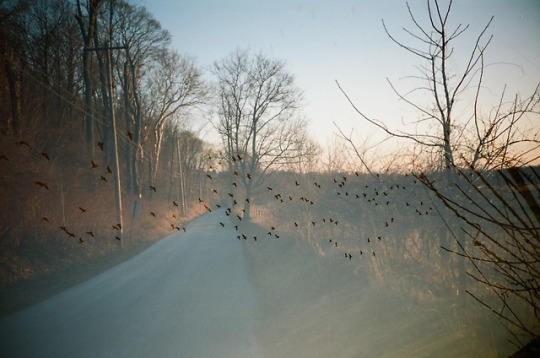
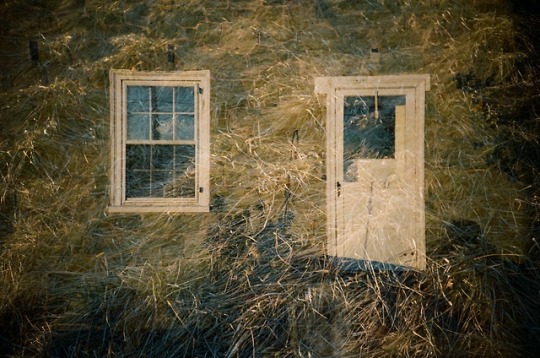

some of us see double or triple, out of one or both eyes
maybe due to aging eyes ("lazy eye", bifocals, dry contact lenses, etc.)
or commuting/living between two places
or reflections on the inner sides of our glasses that show what’s behind us
or a sugar rush
or medication side effects
or an extra vivid memory, or dream from last night
the most expensive=valued lenses (camera, contacts, or eyeglasses) are the sharpest ones. the "correct" eyeglass prescription is most likely one that allows you to see as sharply as possible (and the eye specialist will probably send you home with a microfiber cloth and a case to keep your lenses unscathed). nowadays everything is supposed to be sharp and precise. from the time one arrives to the amount of money one pays. photos, too. have you seen anyone trying to take a blurry photo? have you seen anyone with a blurry profile picture on LinkedIn or on a faculty website? (if so, please share!)
we are much more lenient when it comes to sound or smell, we are constantly experiencing multiple flows of sounds and smells and we're ok with it. but with the visual, dominating humans have elevated and morally and economically stratified the visual in very fine detail, by color and shade and appearance and pixel. “está bien/mal visto.” we use the visual to decide what will have a higher chance of living or being included. tick the boxes very carefully. imitate the looks we see in mass media (straight nose, hair, legs, and cheek bones, clean ironed clothes and neighborhood). even in religions, my god is perfect, we keep his image in a public space if we can, he and i aspire to look like one another. razor-sharp, clean lines, precision is in.
but what sees or lives happily like that? so many people commit suicide over impossible aspirations. it's an impossible objective that gives false assurance, it excludes when it's not necessary, and it disguises itself as meritocracy (the more precise, the more successful, it's up to you). it leads to incessant feelings of self-failure.
like love, double or triple vision, which blurs the visual, makes things difficult to qualify and quantify. (face recognition software will have trouble). maybe it's difficult because we’re not used to considering as valueable that which looks messy/blurry (an analogy for a lot of things).
as you can see in these photos, double or triple vision can be useful for thinking about cause-effect, continuity, processes, differences, time-space lapses, specters, qualities, still vs moving image, and inapprenhensibility.
double or multiple exposure can be done easily in photoshop, but with analogue film cameras it's not as easy. but it’s better, in my opinion, because like when you put clay pots in a kiln and cross your fingers, much is going to happen beyond human control, manual technology intervenes and one doesn't really know what the results will look like, sometimes the intended double exposure doesn't work at all, other times the edges of the photos don't line up like you see in these photos. you open the kiln and half the coiled pots are cracked.
the lighting also makes a big difference, for example, a dark spot on one photo will allow the color from the other photo to show through and vice versa.
did you notice it's unclear which photo is above and which is beneath? the inability to pin point, stratify, and control the results reduces the human ego (in my opinion) and gives more tolerance and forgiveness to harmless imperfection and differences (for more on this, google the japanese concept of "wabi sabi"). the unclarity opens us up to "accidents" and experimentation. the efforts for precision are thwarted and now we have to use our imagination.
what would your double exposure look like?
2 notes
·
View notes

